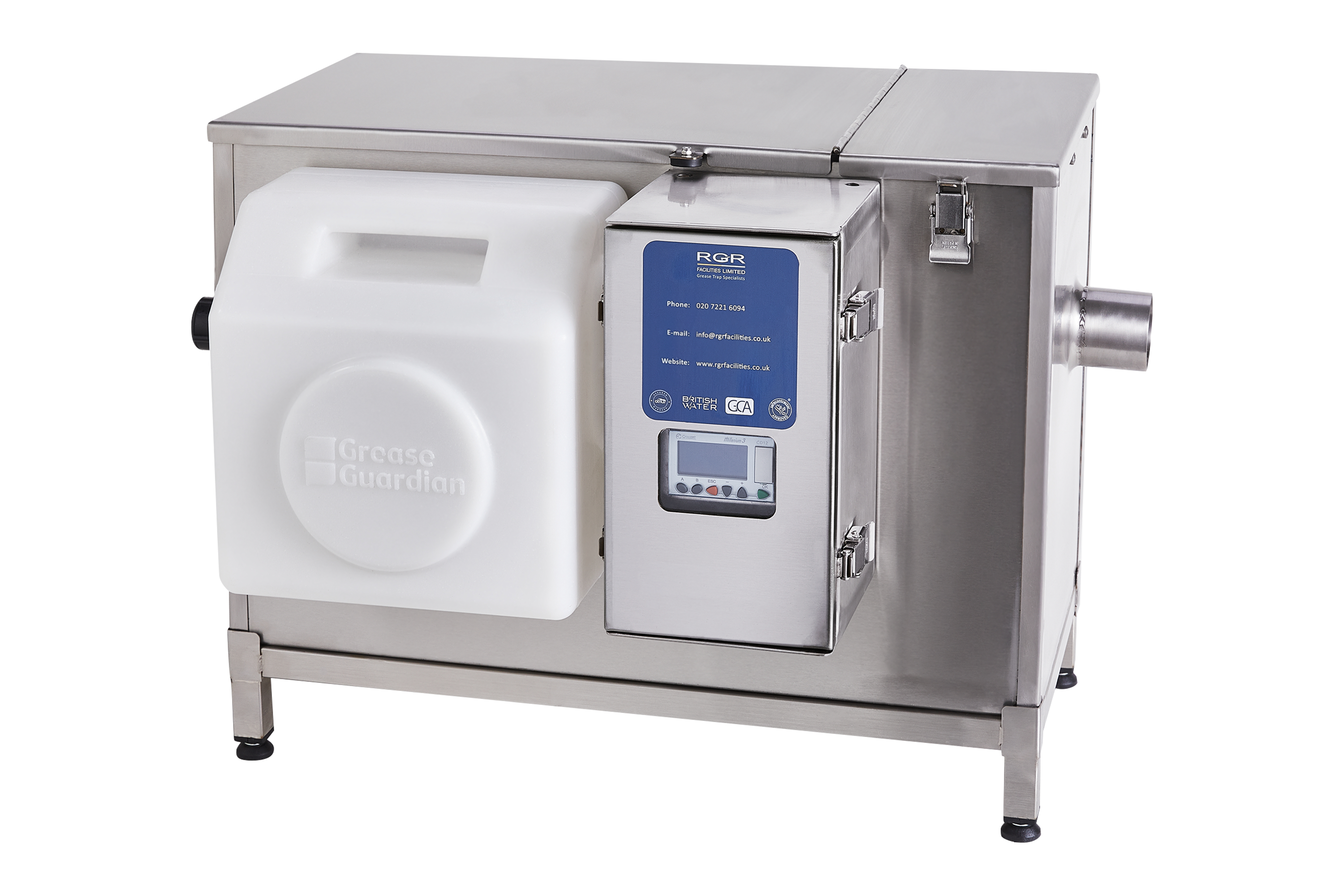In the realm of commercial kitchens, the grease trap often plays the role of the silent hero, quietly performing its duty without much fanfare. Yet, behind the scenes, this unassuming piece of equipment serves a crucial function, one that can significantly impact both the efficiency of kitchen operations and the environment. In this blog post, we'll delve into the benefits of investing in a grease trap and why it's a wise decision for any establishment dealing with fats, oils, and grease (FOG).
What is a Grease Trap?
Before we dive into its benefits, let's first understand what a grease trap is and how it operates. Essentially, a grease trap is a plumbing device designed to intercept FOG and solid particles before they enter the wastewater disposal system. It consists of a tank-like structure installed beneath sinks or dishwashers, where wastewater containing FOG flows through. Inside the trap, the FOG separates from the water, allowing the cleaner water to continue through the plumbing system while trapping the grease and solids.
The Benefits:
1. Prevents Drainage Issues:
One of the primary advantages of a grease trap is its ability to prevent clogs and blockages in drainage systems. FOG, when poured down drains, can solidify and accumulate over time, leading to costly and disruptive plumbing issues. By intercepting grease before it enters the drainage system, grease traps effectively mitigate the risk of blockages, ensuring smooth and uninterrupted wastewater flow.
2. Ensures Compliance with Regulations:
Many municipalities have strict regulations governing the disposal of FOG from commercial kitchens. Failure to comply with these regulations can result in hefty fines and penalties. Investing in a grease trap ensures that your establishment meets regulatory requirements, avoiding potential legal troubles and safeguarding your reputation.
3. Protects the Environment:
The environmental impact of FOG pollution cannot be overstated. When FOG enters sewer systems, it can congeal and form "fatbergs," massive accumulations of grease that can wreak havoc on sewage infrastructure and harm aquatic ecosystems. Grease traps play a vital role in preventing FOG pollution, thus helping to protect the environment and preserve water quality.
4. Extends the Lifespan of Equipment:
Grease buildup in drainage systems not only causes blockages but can also damage equipment such as dishwashers and garbage disposals. By capturing grease before it reaches this equipment, grease traps help prolong their lifespan, reducing maintenance costs and downtime associated with repairs.
5. Promotes Hygiene and Safety:
Accumulated grease in drainage systems creates an ideal environment for bacteria growth, leading to foul odors and potential health hazards. Grease traps help maintain a clean and sanitary kitchen environment by preventing the buildup of grease and minimizing the risk of bacterial contamination.
Conclusion:
While it may not garner the same attention as flashy kitchen appliances or innovative culinary techniques, the grease trap plays a crucial role in the smooth operation of commercial kitchens. From preventing drainage issues to protecting the environment and promoting hygiene, the benefits of investing in a grease trap are undeniable. For any establishment that deals with FOG on a regular basis, incorporating a grease trap into their infrastructure is not just a wise decision but a necessary one for the long-term sustainability of their operations and the health of our planet.



